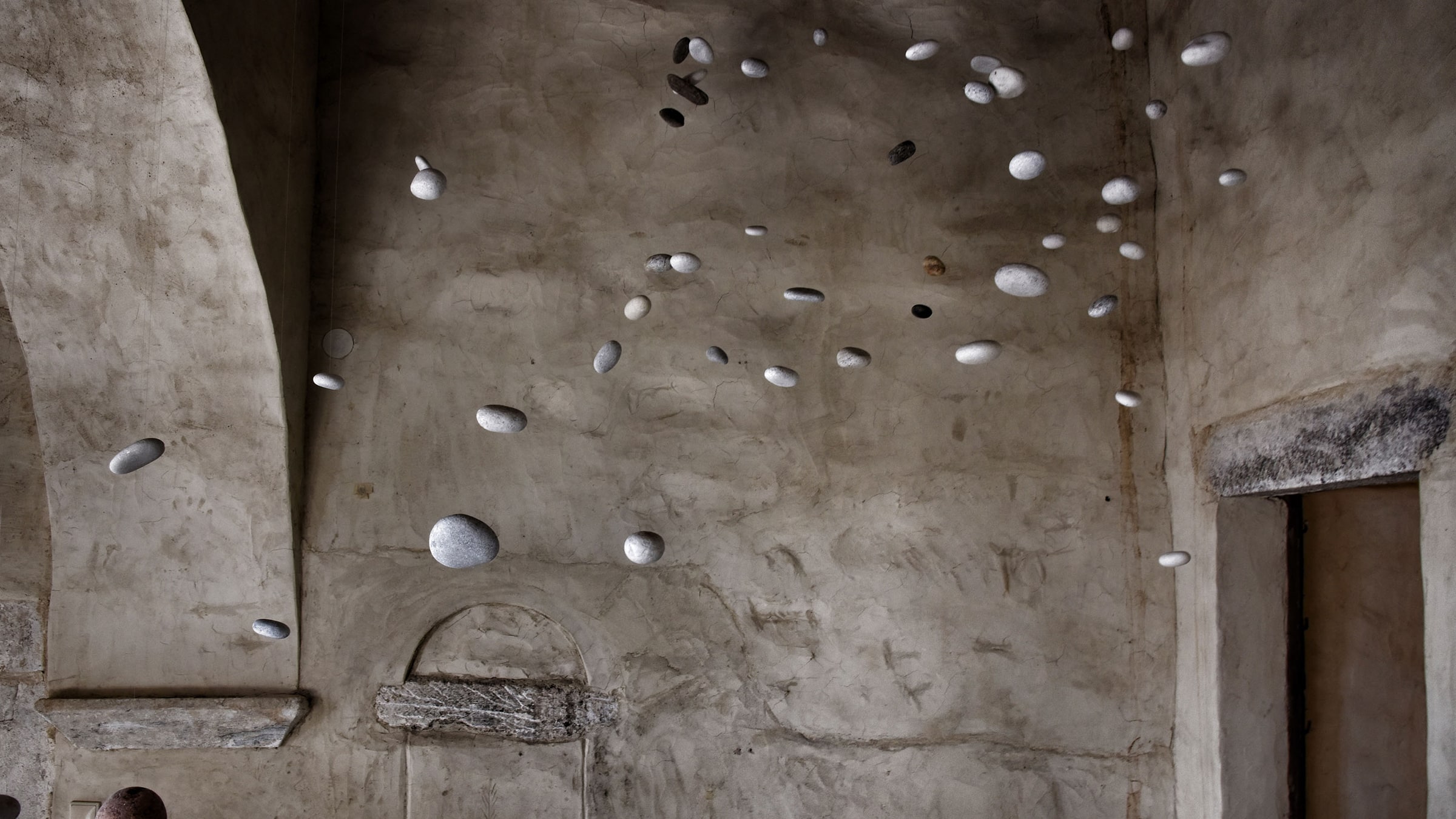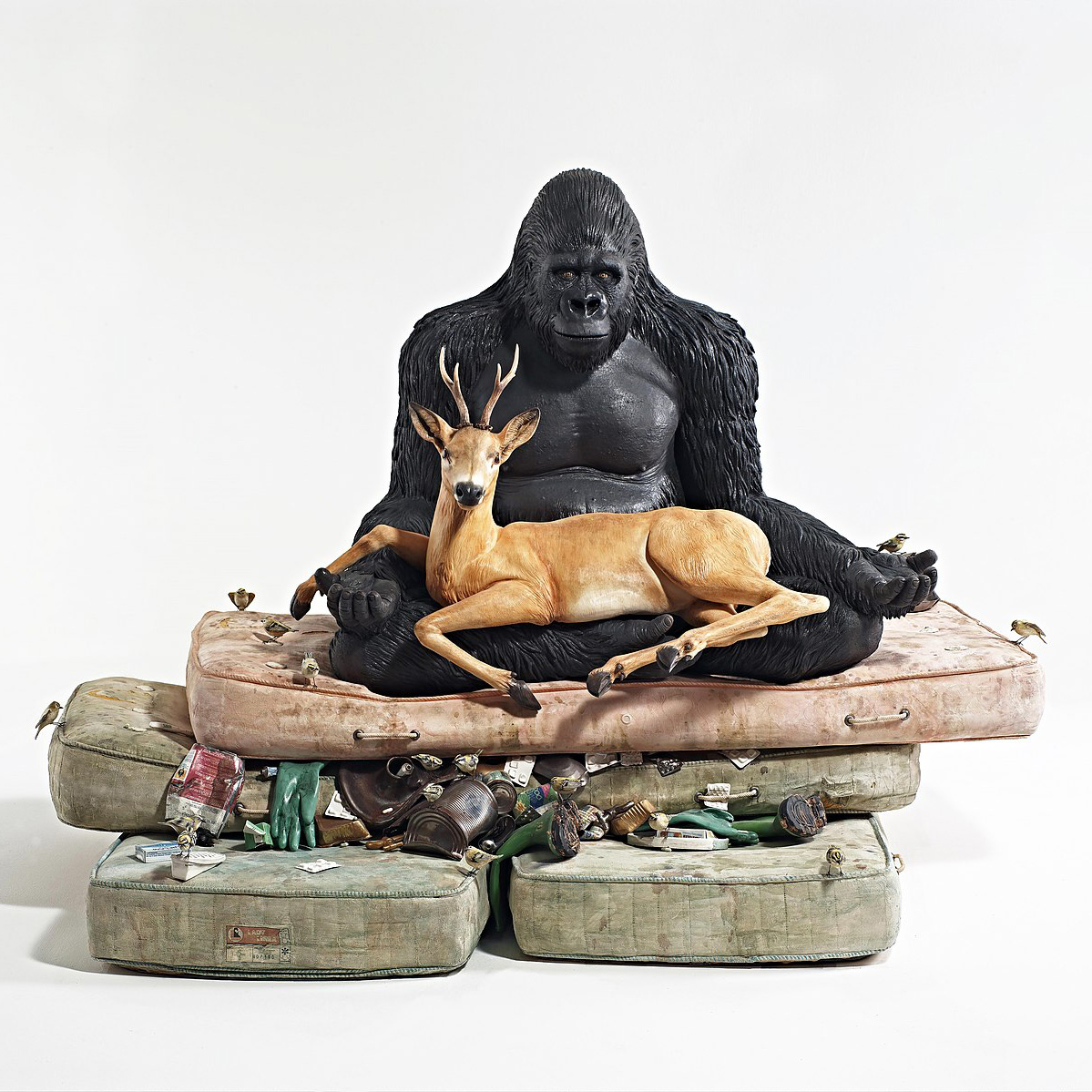Talk
February 12, 2020 / 18.30
At the 180th anniversary of the invention of photography and the first photography trip that took place in 1839, A Road Story: 180 Years of Photography exhibition brings together interpretations and perspectives of photographers who explore the same route with today’s techniques. The talk featuring Coşkun Aral and Yekta Kopan, which will be organized as part of the exhibition, focuses on Aral's exhibited photographs of Mount Sinai, Gaza, Bethlehem, Jerusalem, Nablus, Sidon, Deir el-Qamar, Damascus and Tripoli as well as his experiences in those places.
Free admissions, drop-in. This event will take place in the oditorium. The talk will be in Turkish.
About Coşkun Aral
Aral was born on May 1, 1956 in Siirt, Turkey. Aral finished secondary school and high school in Istanbul. In 1974, he began photojournalism career in the newspapers Günaydın and Gün. He transferred to the daily Ekonomi ve Politika in 1976. Aral gained recognition by the international press with the photos he shot during the Taksim Square massacre incident occurred on May 1, 1977, the Labour Day in Istanbul. His photos were distributed by the French photo agency Sipa Press and published in the news magazines Time and Newsweek. He became then the Turkish correspondent of the agency while he was serving for the Turkish News Agency and the newspapers Milliyet and Hürriyet as a freelance photographer. In 1980, Coşkun Aral was tasked by the Sipa Press for the first time abroad Turkey. From then on, he continuously worked in the most conflict-ridden parts of the world such as Lebanon, Iran, Iraq, Afghanistan, Northern Ireland, Chad and Far East.
About Yekta Kopan
Kopan was born in 1968. He graduated from Hacettepe University Department of Business Administration. His book titled Recipes of Loneliness from the Kitchen of Love received the 2002 Sait Faik Short Story Award, Carbon Copy won the 2007 Dünya Kitap Book of the Year Award and The Loss of You was awarded the 2010 Yunus Nadi Short Story Award and the 2010 Haldun Taner Short Story Award. Kopan’s first children's book The Nose got published in 2009. He edited Silk Handkerchief, a dictionary study on the history of Turkish short stories. Some of his books that were translated into various languages: Who is Inside of Me?, Cats Wake Up Jolly, A Family’s Tea Garden, Between Two Poems and Sakın Oraya Gitme (Don't You Go There). Having continued his work in dubbing since the 1970s, Kopan started hosting a culture & arts program on NTV in the early 2000s. During the same period, he regularly wrote articles for the Radikal newspaper and Milliyet Sanat Magazine. He currently prepares and hosts a program called "Noktalı Virgül" for Allianz Motto Müzik’s YouTube channel, and another program titled "Yekta Kopan’la Yazar Söyleşileri" for hepsiburada.com. Serving as a consultant at İş Sanat, Yekta Kopan also teaches at Istanbul Bilgi University – Marketing Communication Master Program.
Temporary Exhibition
At the 180th anniversary of invention of photography and the first photography trip that took place in 1839, A Road Story: 180 Years of Photography exhibition brought together interpretations and perspectives of photographers who explored the same route with today’s techniques.
Click for more information about the exhibition.


Although traditionally used as a medium for functional or decorative objects, ceramic has become a medium that is increasingly used by contemporary. Here is the work of some important contemporary ceramic artists from around the world!
Tuesday - Saturday 10:00 - 19:00
Friday 10:00 - 22:00
Sunday 12:00 - 18:00
The museum is closed on Mondays.
On Wednesdays, the students can
visit the museum free of admission.
Full ticket: 300 TL
Discounted: 150 TL
Groups: 200 TL (minimum 10 people)